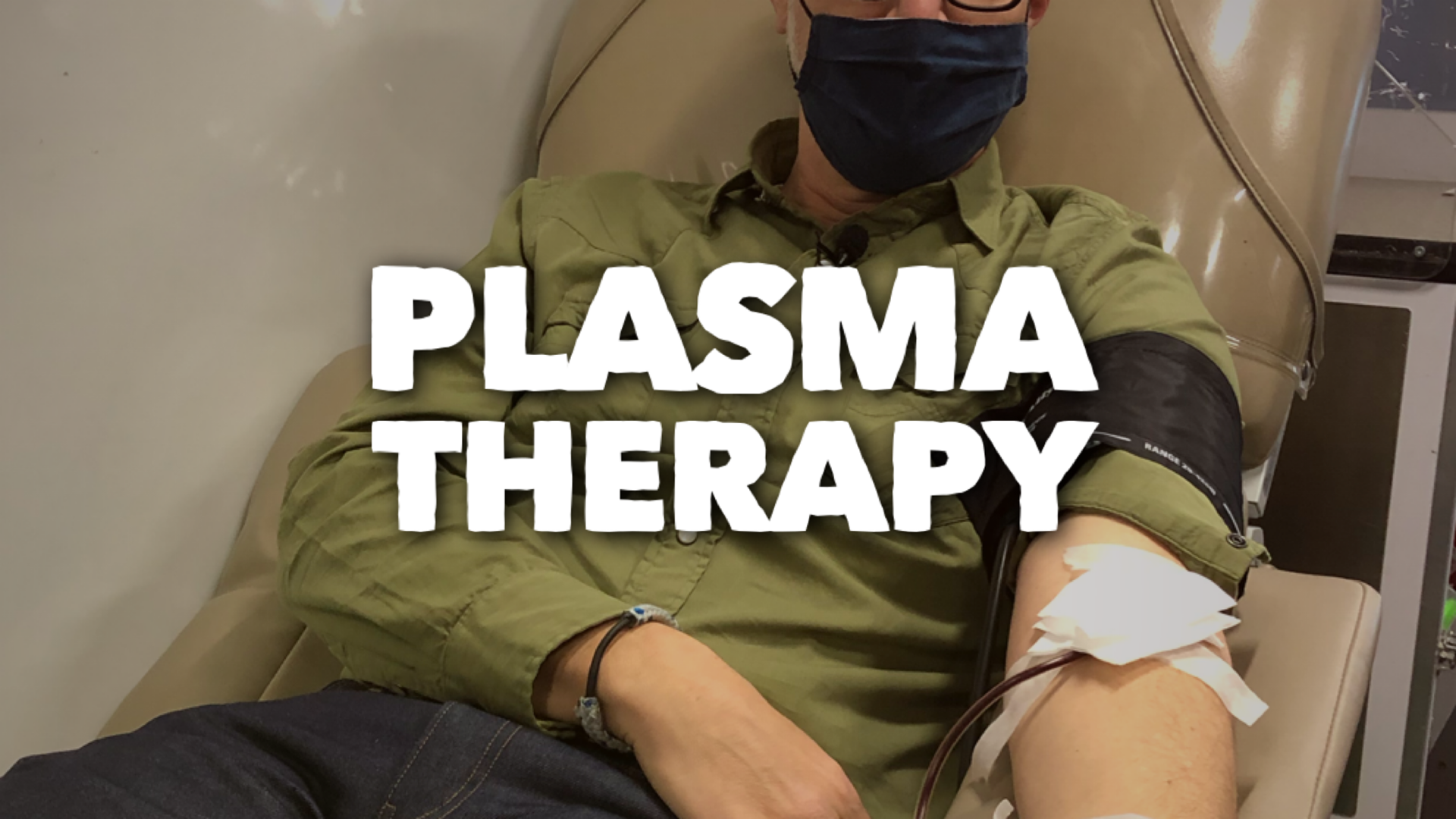DALLAS — Michael Hoffman was infected with COVID-19 in March during a trip to Europe.
At the bottom of his illness he spent a month in a coma on a ventilator.
“I was admitted on March 17th. May 29th, a week after Memorial Day, I came home,” Hoffman said.
It's hard to pinpoint the exact reason Hoffman is alive today. But he and his doctor believe convalescent plasma is one of them.
“It helped tremendously because within a few days of getting it my vitals and numbers were all headed in a much better direction,” he said.
Convalescent plasma therapy has long been understood as a short-cut to make sick people better, faster. The concept is pretty simple. Take antibodies from someone who has already developed an immune response to a virus and put those antibodies into a newly sick person allowing the immune system of the sick person to start fighting faster.
“You're giving them a break, if you will, by giving part of your immune system and immune response to them. It slows down, stops the virus. Allows the body to catch up and allows them to get through this quicker,” said Dr. Walter Linz, Director of Transfusion Medicine at Baylor Scott and White in Temple, Texas.
The question is how well does it work against COVID-19?
Michael got sick so early in the pandemic it was incredibly challenging to even find a local donor. But Convalescent Plasma has since been authorized for emergency use by the federal government. And new research from the Mayo Clinic, published in August, found a connection between "reduced mortality" and early use of convalescent plasma if it is rich with antibodies.
But not all donated plasma is equally effective. Depending on the donor it can be more or less potent. Doctors call the level of potency “titer”.
“If a patient arrives that's sick and has a diagnosis of COVID and it looks like the disease course is progressing they can give them one unit, maybe two units of this plasma and statistically they do much better than people who don't get plasma or get a low-titer unit of plasma,” he said
To date, Carter BloodCare says it has taken 2300 donations in North Texas, yielding 12,000 units of convalescent plasma.
From her experience, Dr. Frances Compton, a Transfusion Medicine Pathologist at Carter, says donating plasma does not diminish overall antibody level in a donor. However, she says, there is no published research yet in this area.
“We need as many donors as we can get. Hospitals are continuing to request convalescent plasma units. Continuing to need more donors,” Dr. Compton said.

